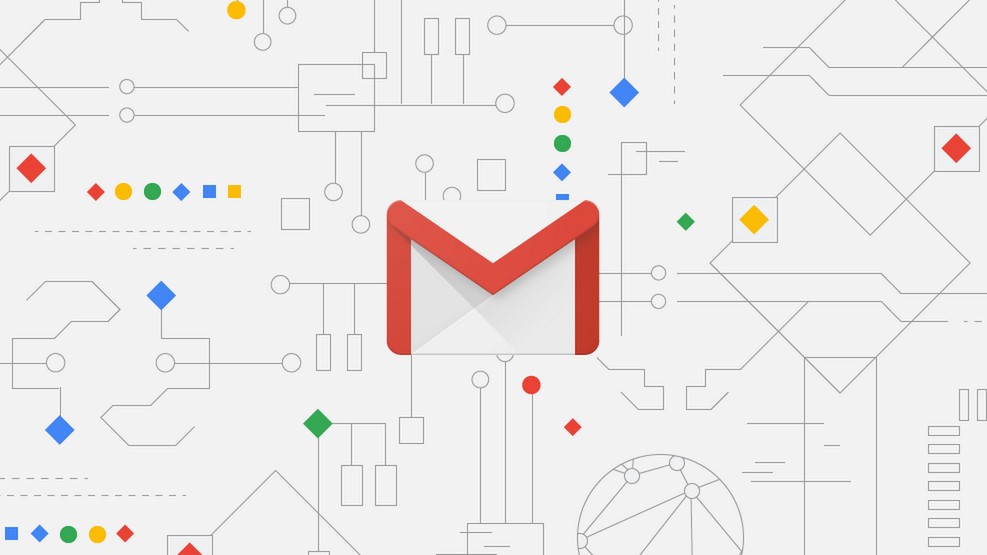Gmail will now translate your emails for you on your smartphone
Mobile translation added for Gmail

I woke up this morning with a good feeling. I thought “gosh, it’s been a while since we’ve heard from Google’, I bet they have something brilliant up their sleeves.
Google’s e-mail client on mobile now offers translation, so that’s what I get for my optimism.
You have already been able to do this on web-based Gmail for many moons, and although this is practical, it’s not special, and, as ever with a tech company, we should ask: “why did it take this long?”
Gmail mobile translation
In its Workspace Updates Blog, the company outlined how users will now be able to see translation across Android devices.
"For years, our users have conveniently translated emails in Gmail on the web to over 100 languages," it rather grandly states. "Starting today, we’re excited to announce a native translation integration within the Gmail mobile app that will enable you to seamlessly communicate in a wide range of languages."
To translate a message, users simply need to click the “Translate” option at the top of your email. If you choose not to select this, it will appear again the next time the content language of an email doesn't match the set “Google.com Mail display language”.
“This highly requested feature will help users read and understand a conversation in any language,” the company added.
Are you a pro? Subscribe to our newsletter
Sign up to the TechRadar Pro newsletter to get all the top news, opinion, features and guidance your business needs to succeed!
We can split hairs over why Google dragged their feet over a “highly requested feature” all day, but I’m more interested in why they feel they need to define translation in this “gather round the phonograph” way.
“A new dismissible banner appears when the content language of a message is different from the “Google.com Mail display language” in your account settings. You can also choose to have Gmail always translate or never translate specific languages,” read the “additional details”.
- We’ve also rounded up the best online collaboration tools

Luke Hughes holds the role of Staff Writer at TechRadar Pro, producing news, features and deals content across topics ranging from computing to cloud services, cybersecurity, data privacy and business software.